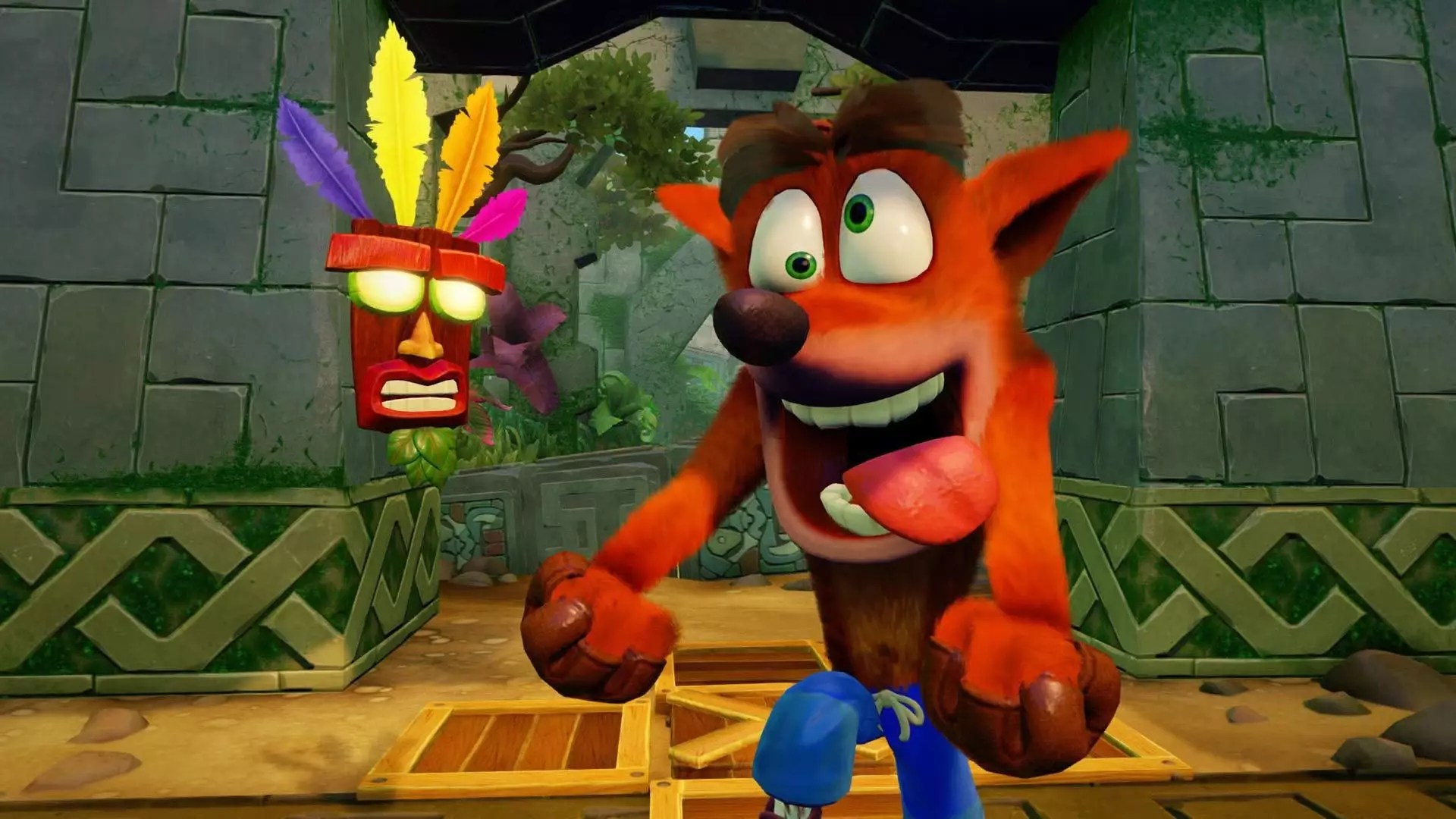The release of the Crash Bandicoot N.Sane Trilogy was heralded by many as an exciting revival of a beloved franchise. Developers aimed to preserve the charm and spirit of the original trilogy while delivering modernized visuals. In this pursuit, they succeeded remarkably, enthralling both new players and nostalgic fans. However, as with many remakes, the devil lies in the details — and not all details translate seamlessly from past to present. While the visual fidelity and general atmosphere met expectations, underneath the surface, some fundamental mechanics suffered, revealing the complexities of faithfully remaking an arcade-style platformer.
What stands out in Andrew Gavin’s critique is his emphasis on how minute yet critical design decisions—particularly concerning jump mechanics—drastically influence the game’s feel. The original Crash titles depended on binary input: press or not press the jump button. This simplicity masked a sophisticated underlying system that interpreted brief button presses into varying jump heights, creating a nuanced and responsive control experience. It’s a delicate dance that combines limited hardware with brilliant software ingenuity, resulting in a gameplay feel that feels tight and intuitive even decades later.
The remake developers, however, evidently overlooked or undervalued this nuanced system. Their choice to revert to fixed-height jumps, a straightforward implementation that requires less risk and complexity, disrupted the delicate timing and rhythmic flow that made the original so satisfying. Instead of responsive hops that adapt to player input, players encountered overly floaty jumps that lack the precise control required for challenging platforming sections. This mechanical change not only diminishes the tactile feel but also hampers the game’s core gameplay loop, making the experience less authentic and more frustrating.
The Consequences of Over-simplification
The decision to streamline jump mechanics may have been motivated by development convenience or technical constraints, but it underscores a broader issue in modern game remakes: a tendency to prioritize visual fidelity over gameplay fidelity. While graphics are undeniably important, they cannot carry a game’s soul alone. The essence of a platformer like Crash Bandicoot resides in its responsiveness and feel—elements that are so subtle they often go unnoticed unless they are off.
Gavin’s perspective underlines a sobering reality: minor milliseconds make a major difference. The jump mechanic’s sensitivity to input duration embodies how small design choices can ripple out to influence player satisfaction profoundly. When these are neglected or mishandled, even the most technically impressive reworks risk feeling disconnected from their origins. The frustration is compounded because the hardware and software capabilities of modern consoles are more than enough to support more complex, nuanced control schemes. The lost opportunity here is glaring.
Furthermore, the repercussions extend beyond immediate gameplay frustration. Players accustomed to the original titles’ weight and responsiveness might feel a disconnect, as the core feel is compromised. For true enthusiasts, it’s as if an essential part of the game’s identity has been diluted, leaving behind a shell of the original experience. The remakes, though visually stunning, risk becoming superficial renderings—pleasing to look at but hollow in control and feel.
Beyond Mechanics: The Broader Implications for Gaming Remakes
Gavin’s insights shine a light on a recurring challenge in the gaming industry: remaking beloved classics is a delicate balance. Developers often grapple with the tension between modernized visuals and preserving gameplay integrity. The temptation to oversimplify or cut corners in complex mechanics is high, especially when attempting to cater to a broader, more casual audience. Yet, as the critique of Crash Bandicoot demonstrates, such compromises can alienate core fans who value the tactile satisfaction that made these games enduring favorites.
Moreover, it raises questions about what truly defines a “remake.” Is a visual overhaul enough? Can a game succeed if its fundamental mechanics no longer carry the same weight? The answer, as Gavin suggests, is no. A successful remake must respect and faithfully incorporate the core gameplay principles that made the original compelling, even if it means additional effort or technical complexity.
In the context of Crash Bandicoot, the fix—reintroducing variable jump heights and responsive controls—could have preserved the game’s challenging yet fair difficulty, allowing players to feel in control and truly skilled. Instead, the reliance on fixed jumps results in a less engaging, more floaty platformer that falls short of the game’s historically tight design.
Final thoughts: Authenticity over Surface-Level Improvements
While the visuals of the N.Sane Trilogy are undeniably impressive, they serve as a reminder that a game’s heart resides within its mechanics. Developers and fans alike should remember that true remakes honor the original’s essence, not just its appearance. Achieving this requires meticulous attention to gameplay nuances—those small milliseconds that craft a finely tuned experience. Failing to do so risks turning a classic into a pale imitation.
Gavin’s criticism serves as a cautionary tale that even the most talented teams can falter when they underestimate the importance of core mechanics. The lesson here lies in humility: to honor old greats, developers must look deeper than polished graphics and consider the subtle intricacies that gave these games their timeless charm. Anything less risks tarnishing the legacy rather than elevating it.


Leave a Reply